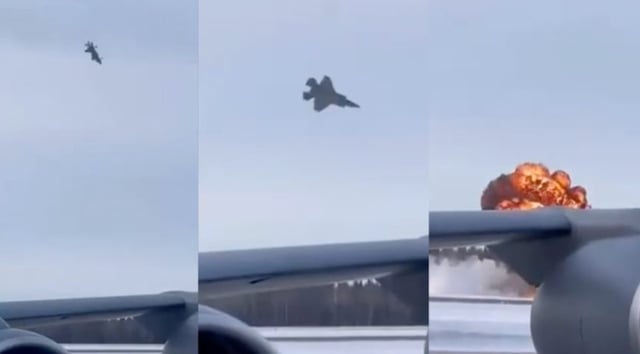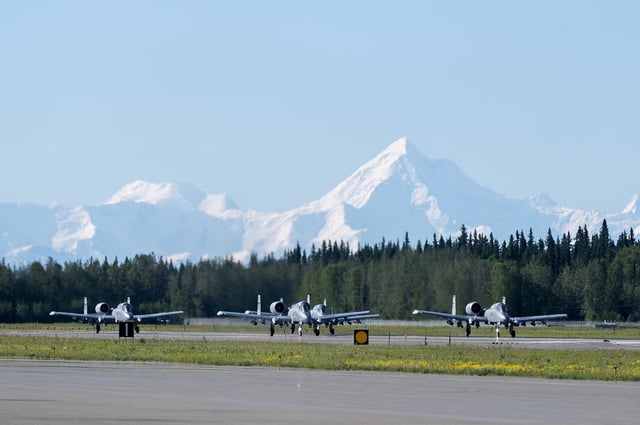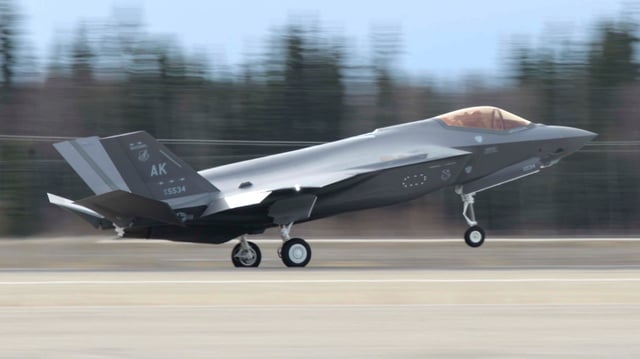Overview
- The Accident Investigation Board released its findings this week, valuing the total loss at about $196.5 million and confirming the pilot suffered only minor injuries.
- Ice in landing-gear struts led weight-on-wheels sensors to register a false on-ground state, triggering ground-mode flight controls and causing loss of control while airborne.
- The pilot spent roughly 50 minutes on an airborne conference call with five Lockheed Martin engineers and attempted two touch-and-go maneuvers, with crew decision-making cited as a contributing factor.
- Investigators found up to 30 percent water in the landing-gear hydraulic fluid, unsecured and poorly tracked fluid barrels, contaminated servicing equipment, and short staffing with weak HAZMAT oversight.
- Nine days later, another Eielson F-35 experienced a similar nose-gear issue and landed safely, and the board noted prior Lockheed guidance from April 2024 on cold-weather sensor risks was not consulted.



